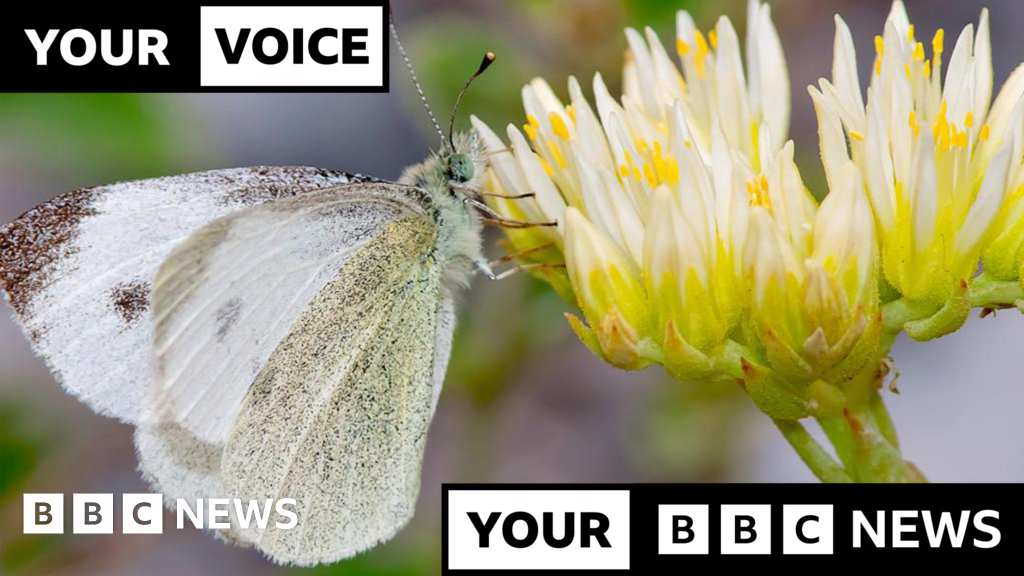Southern European butterfly spotted in UK for first time
- BBC News
A species of butterfly previously only found in Southern Europe has been seen in the UK for the first time, according to charity Butterfly Conservation.
Experts have tracked the Southern Small White butterflys rapid expansion northwards through Europe over recent decades.
The first UK sighting was confirmed at Landguard Bird Observatory in Suffolk, after a volunteer managed to snap a photo.
It is not yet clear what has driven the species expansion, though a warming climate is thought to be part of the answer.
Until recently, the range of the Southern Small White was limited to Southern Europe, in particular south-east Europe.
Butterfly Conservation says the species was first spotted north of the Alps in France and Germany in 2008, and since then it has gradually extended its range, reaching the Netherlands in 2015 and Calais in 2019.
The first UK visitor was a female butterfly and was spotted at Landguard Nature Reserve on 2 August by volunteer Will Brame, according to BirdGuides.
Its identification as a Southern Small White was confirmed by butterfly expert Chris van Swaay of Dutch Butterfly Conservation.
James Corton, a County Recorder for Butterflies in Suffolk, contacted us about the story through Your Voice, Your BBC News.
Whilst it is thought a warming climate has played a role in its spread, modelling from a 2008 Climatic Risk Atlas of European Butterflies showed that even under the most extreme warming scenarios the species was not expected in the Low Countries until after 2050.
Dr Dan Hoare, Director of Nature Recovery at Butterfly Conservation, said the species had made an "ecological leap".
"There are species that are rare in the UK and periodically over the years they have turned up in ones and twos... but its not really indicating any significant shift in our fauna," he said.
"Southern Small White is very different. Its basically colonised northern Europe from the Swiss Alps to the North Sea in the last decade, moving north at a rate of about 100 kilometres [62 miles] a year."
But whether the species stays long term is yet to be seen, he says, as its food source is a garden species called Candytuft that is not as widely planted here.
The species has never been a migrant to the UK, and is yet to have been recorded breeding here, which is what a resident species would do.